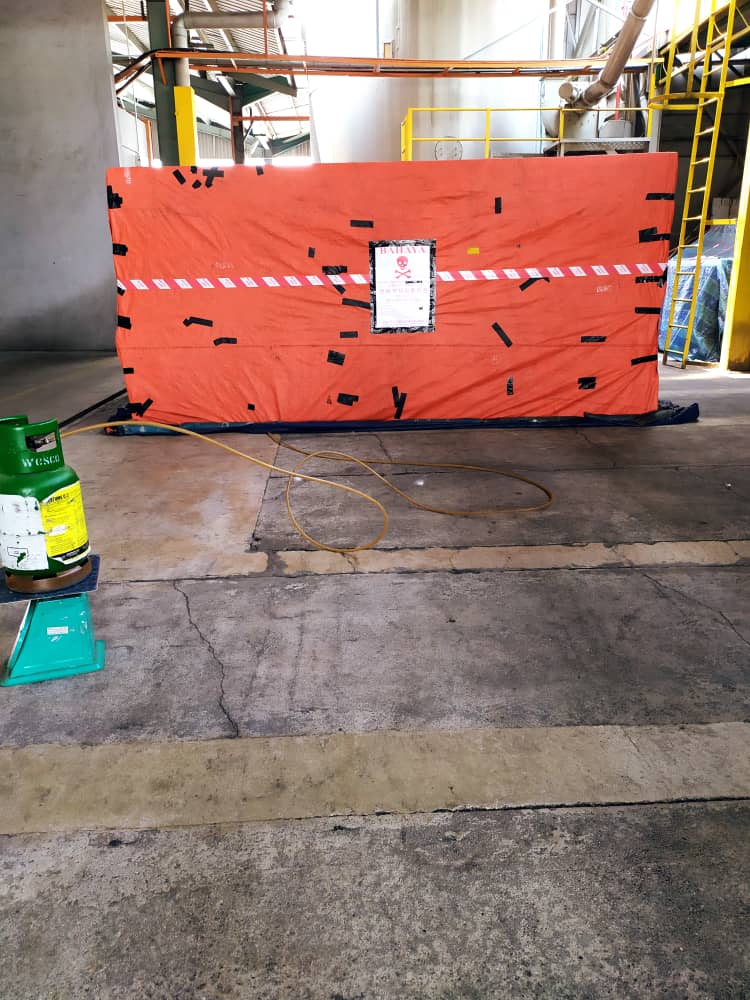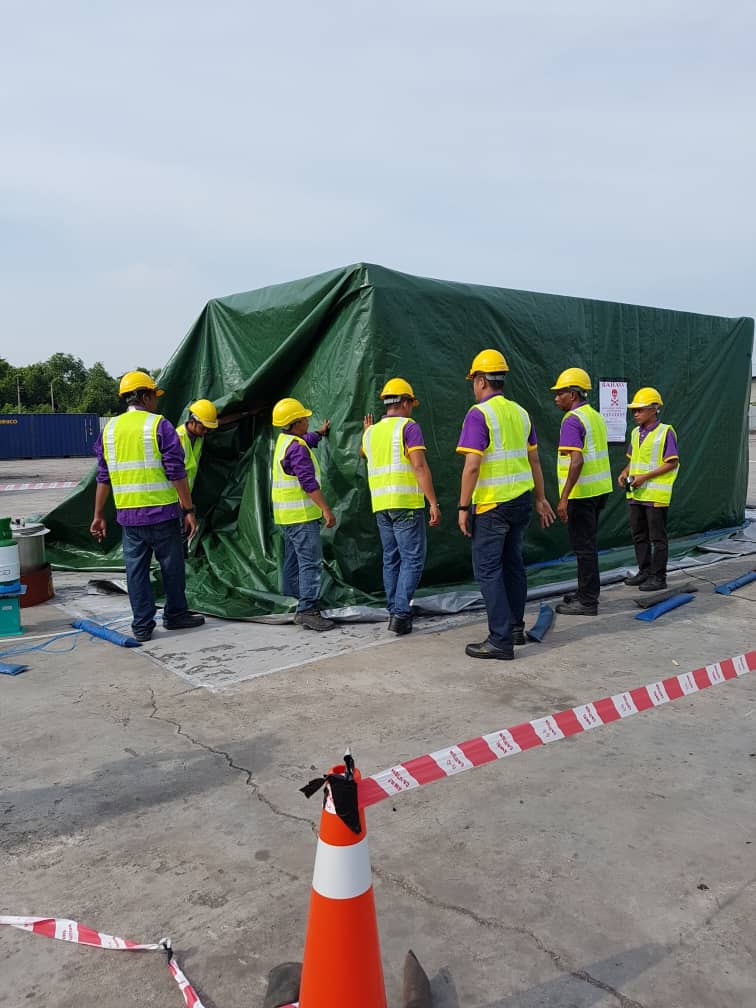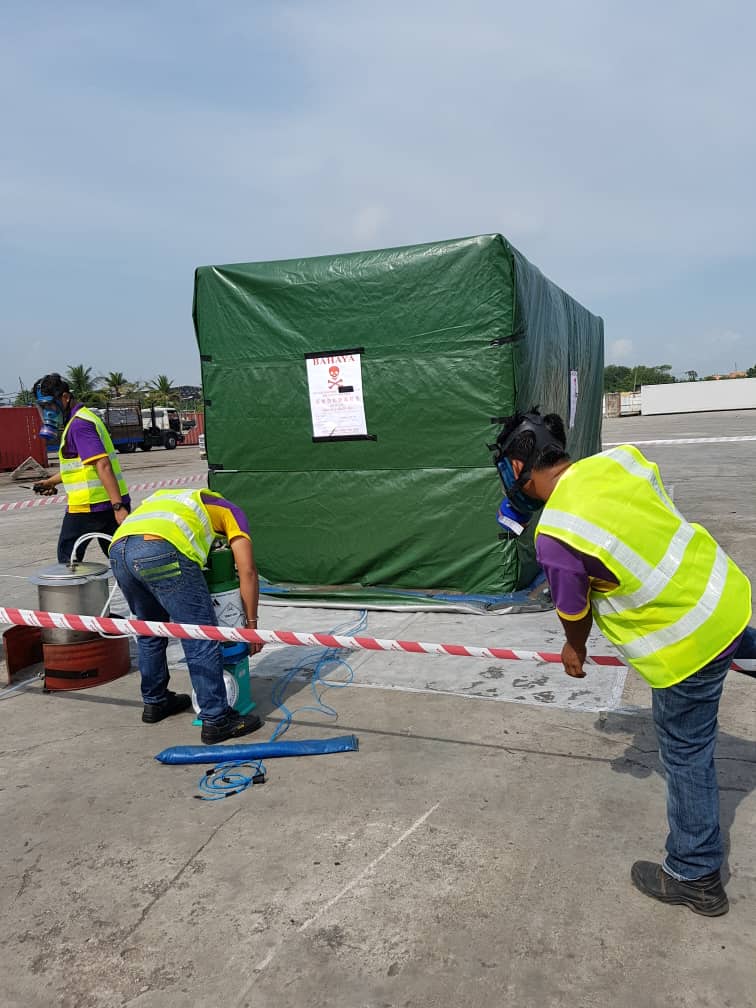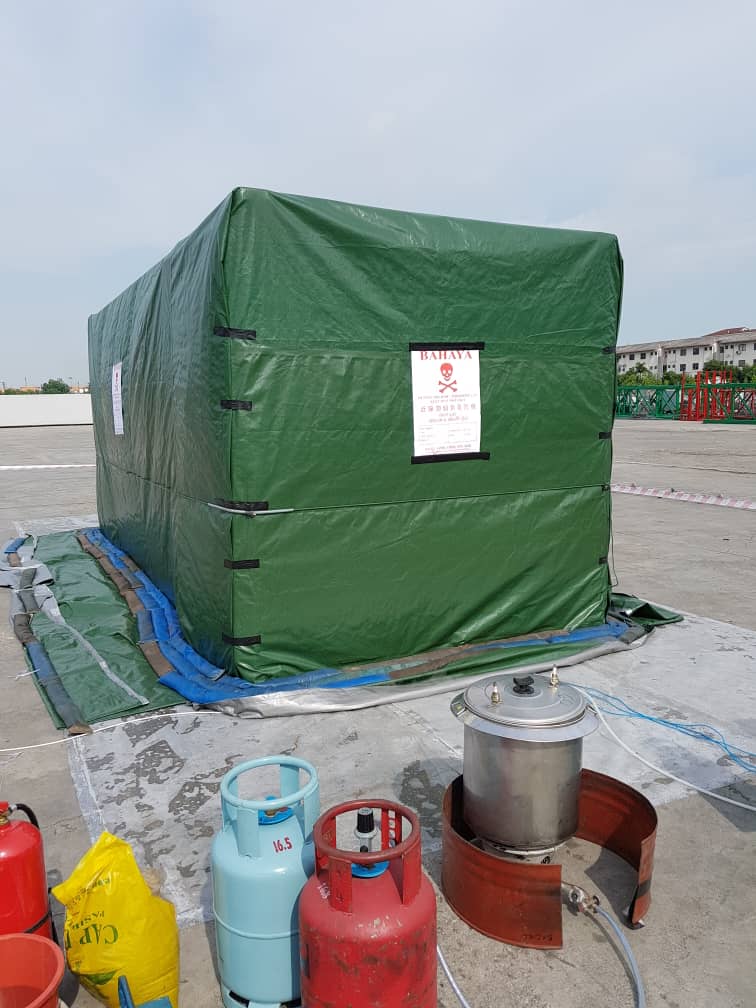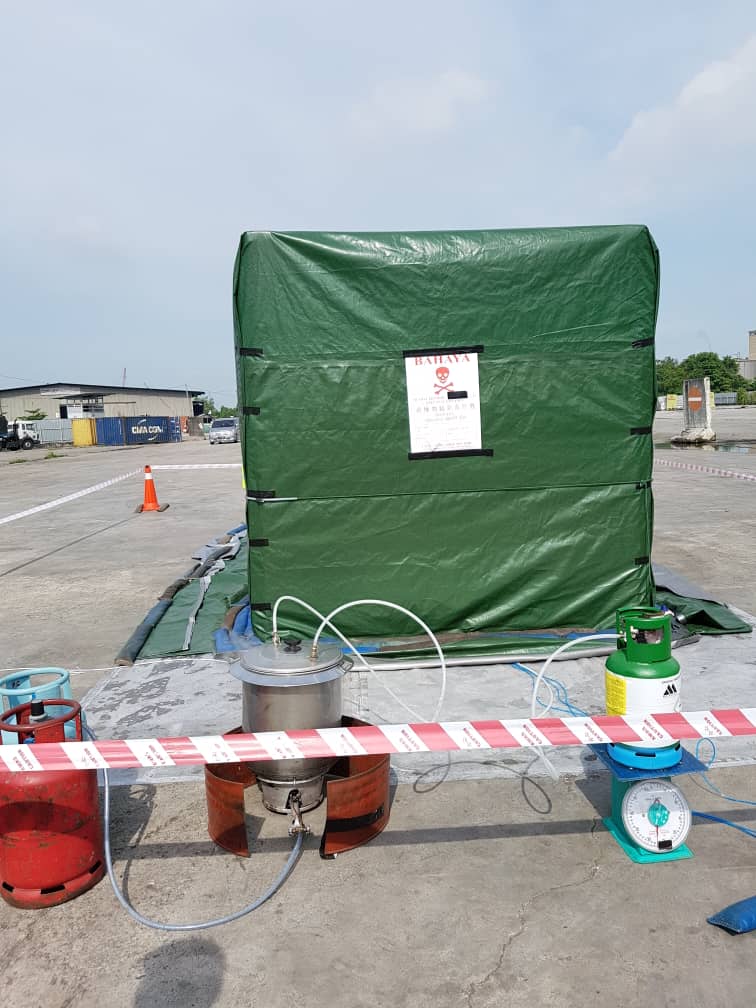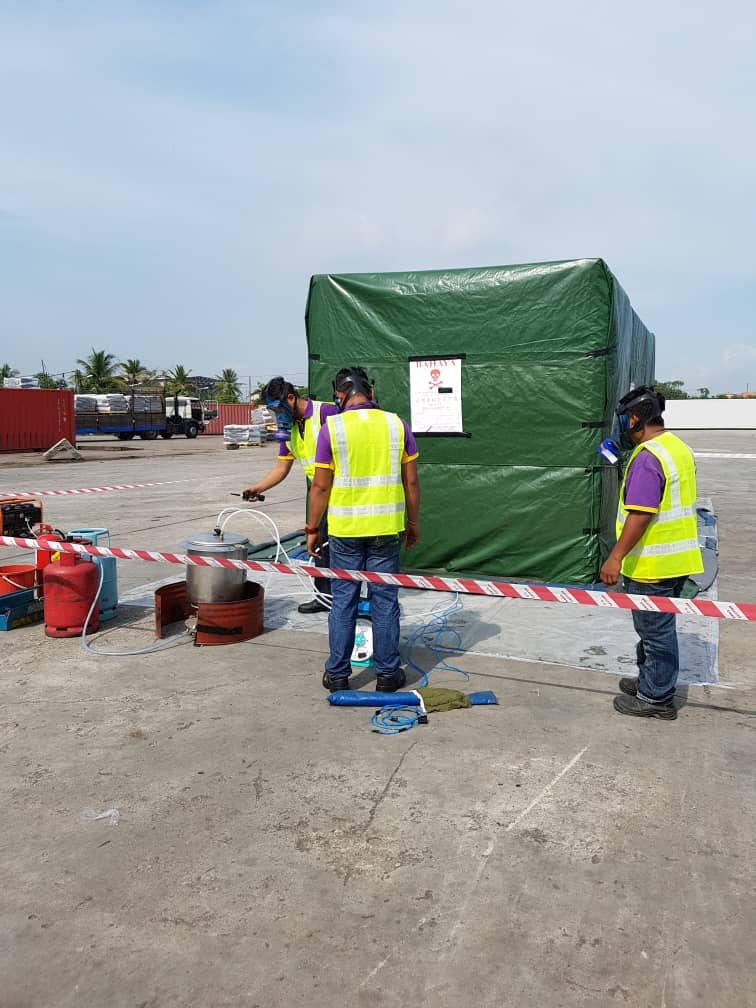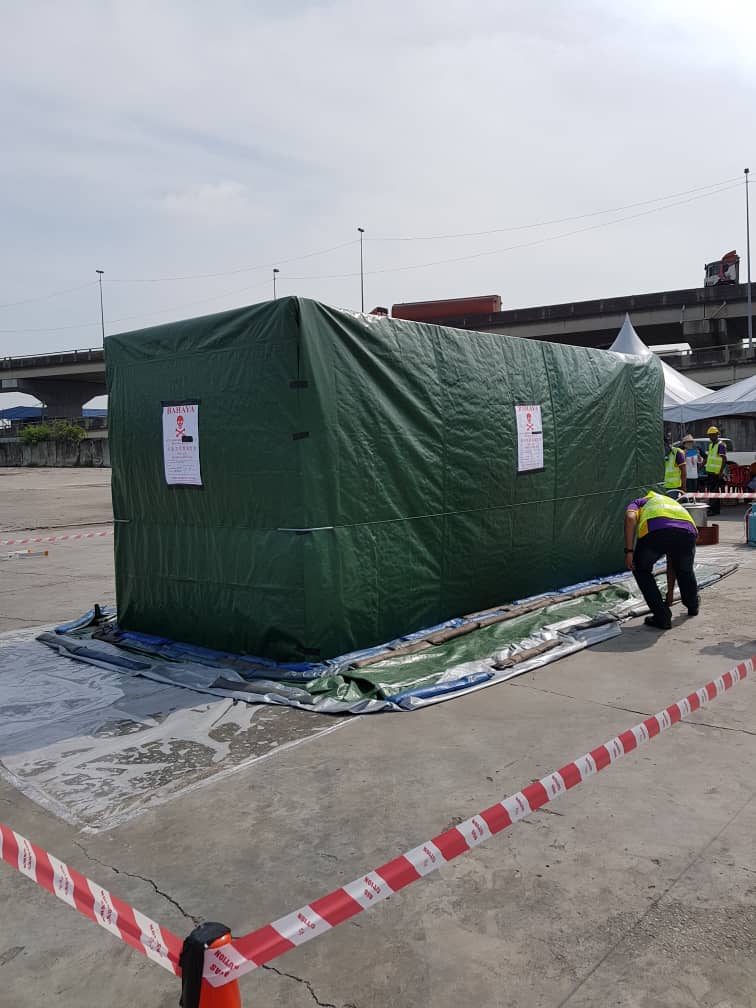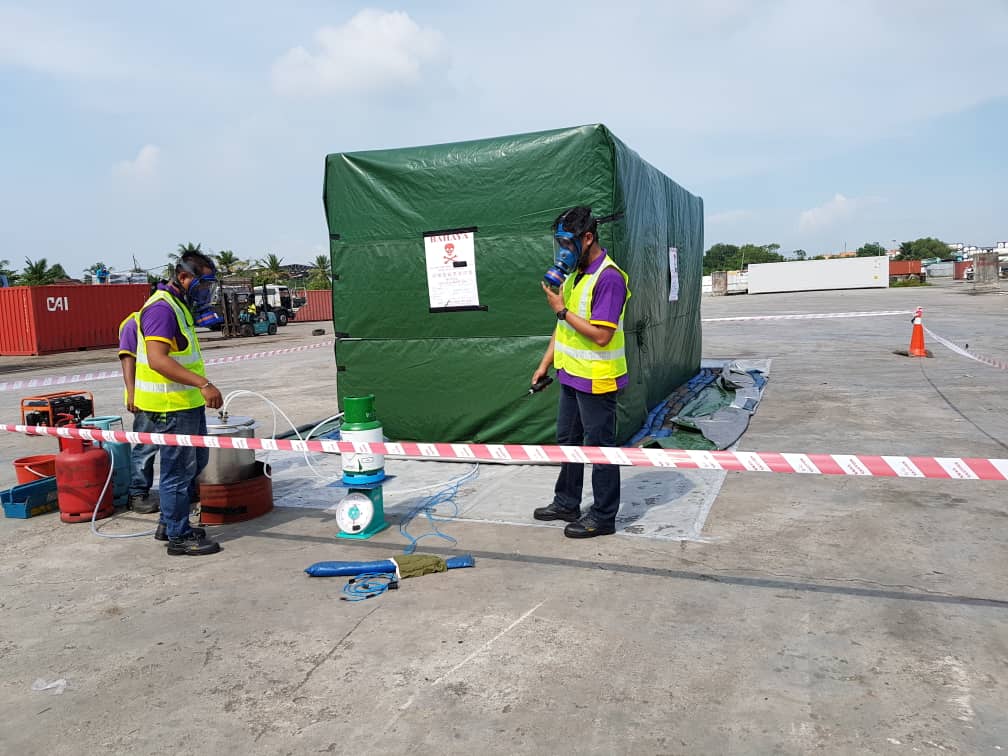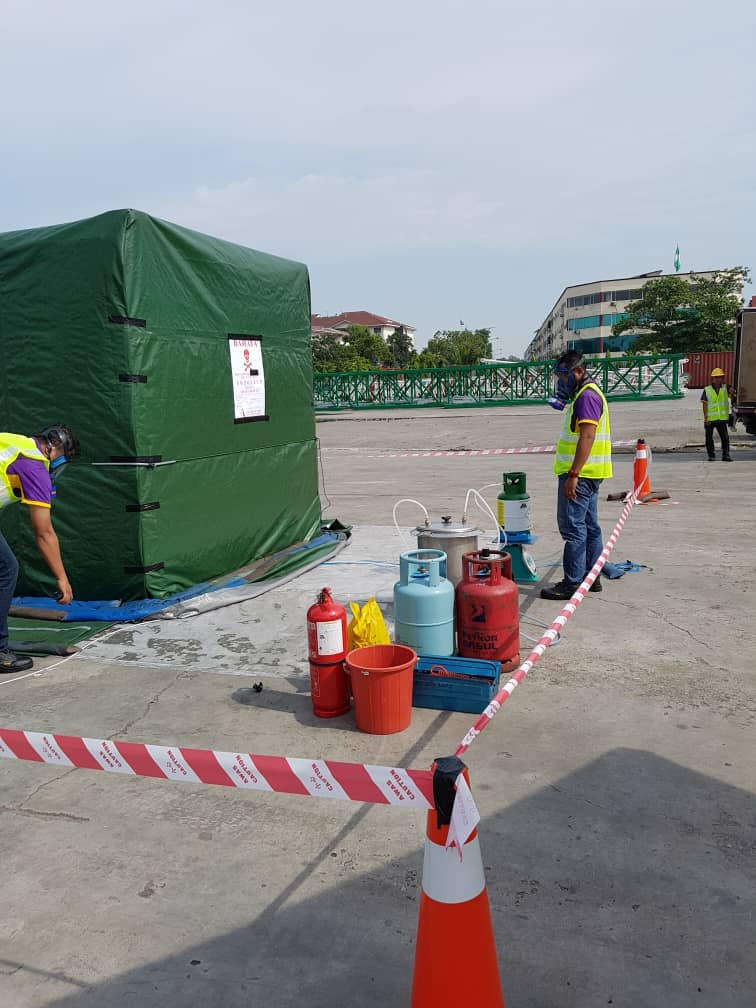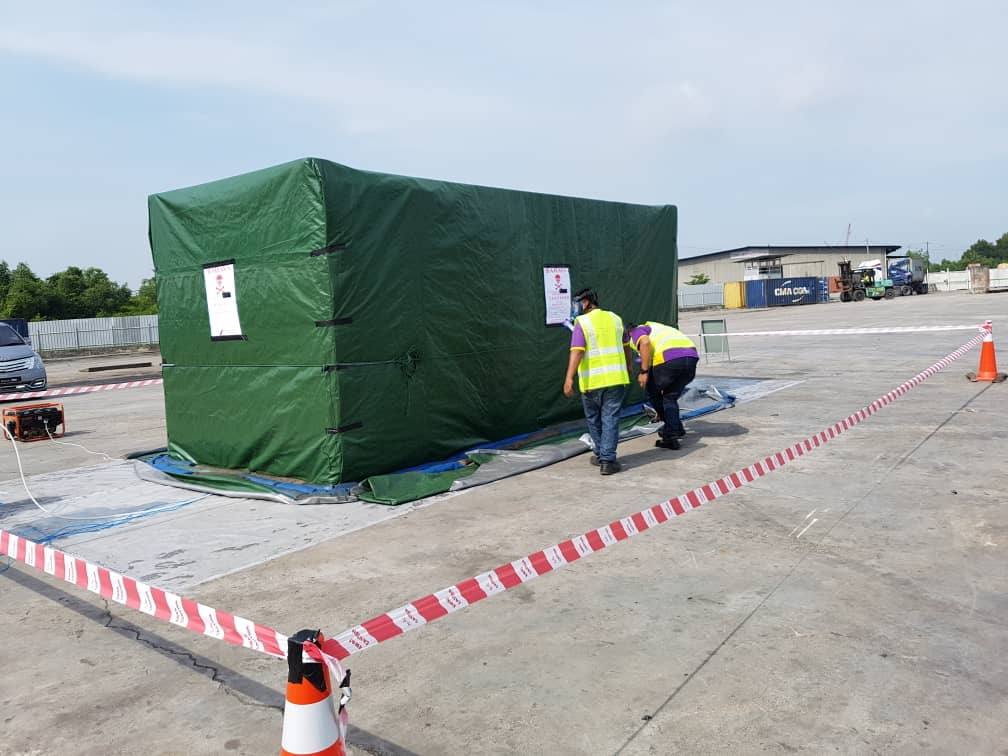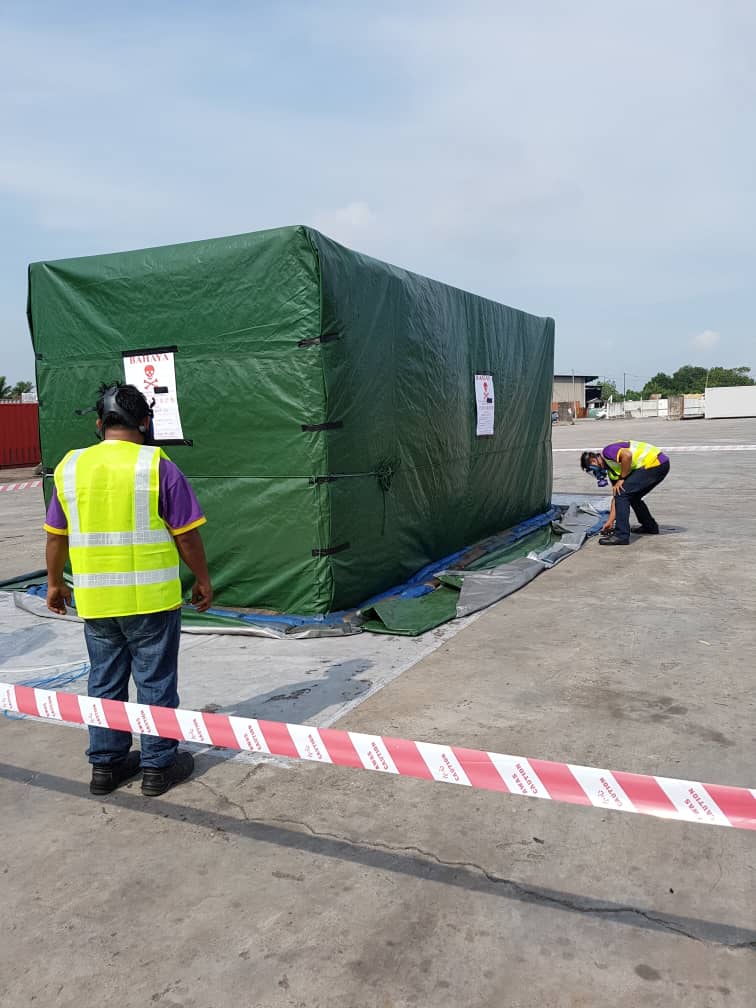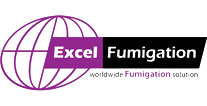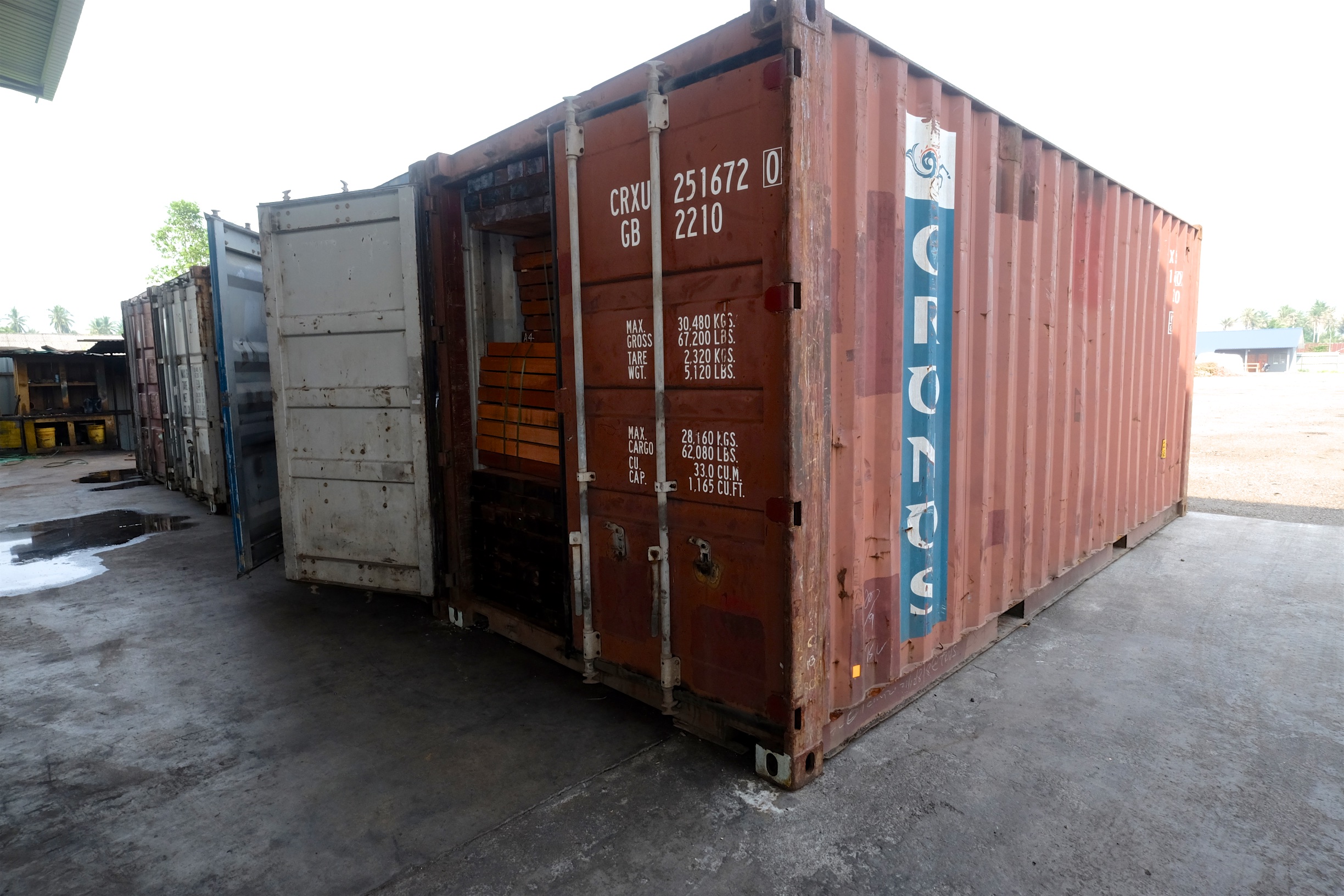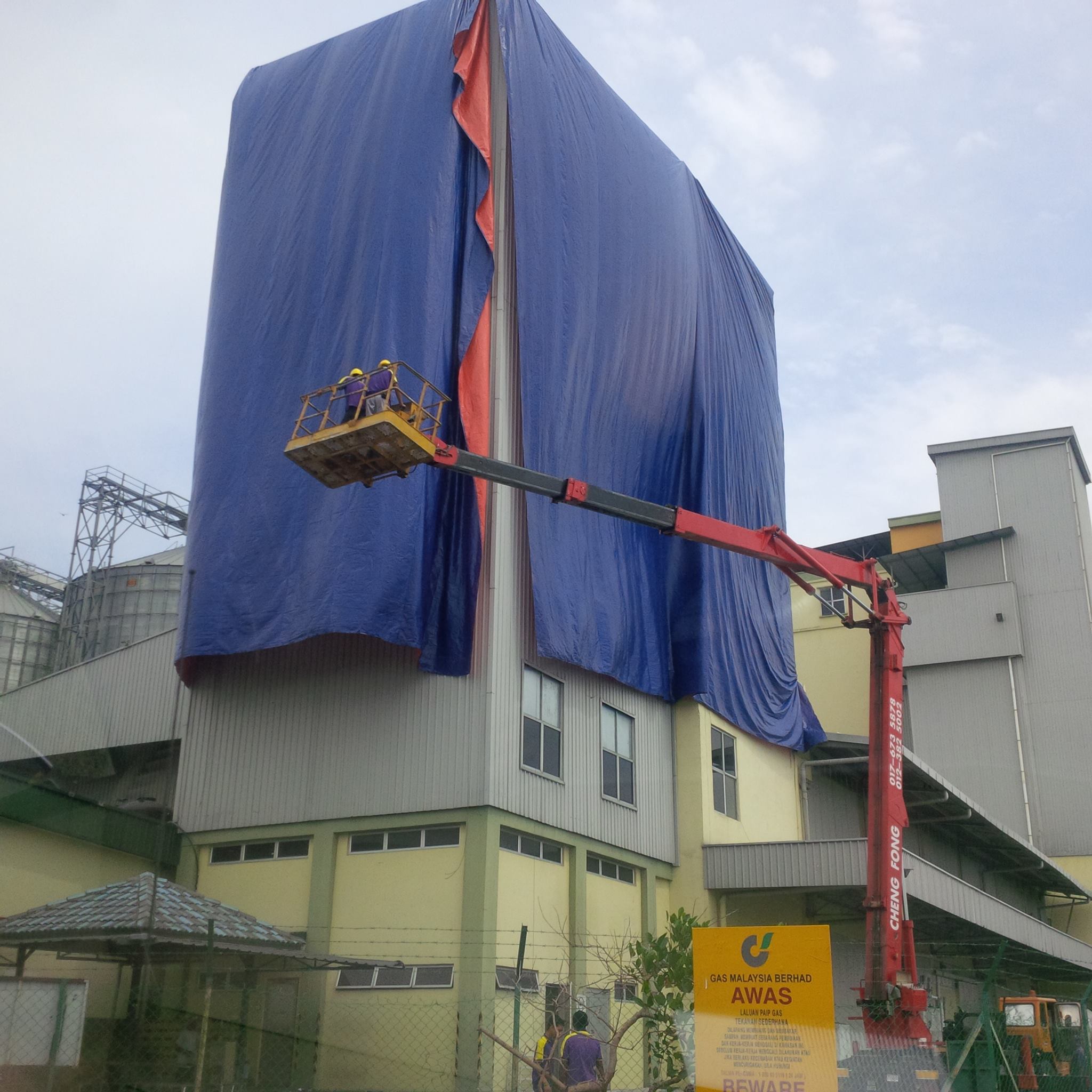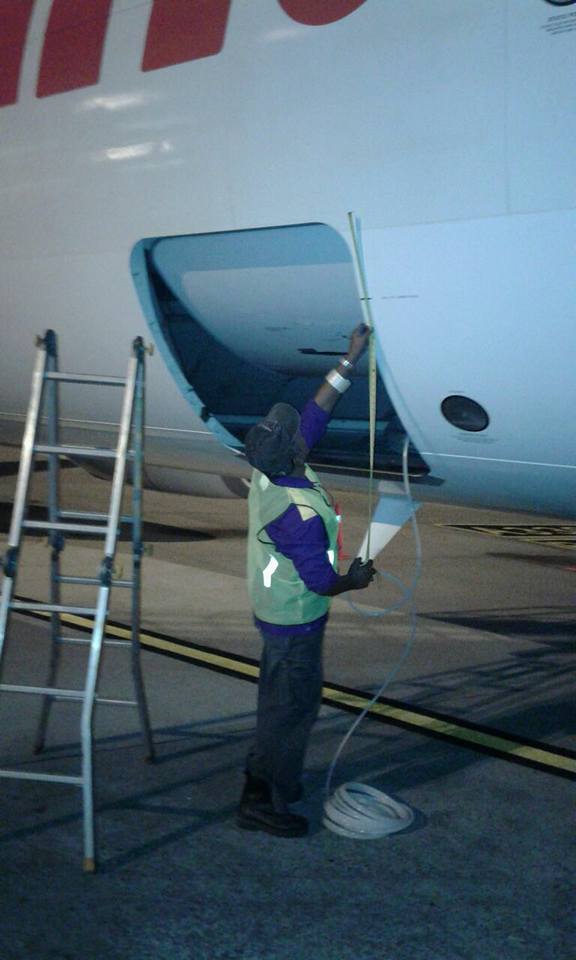| Fumigation is a method of pest control that completely fills an area with gaseous pesticides (which are not toxic if used properly) to suffocate or poison the pests within. It is utilized for control of pests in buildings (structural fumigation), soil, grain, and produce, and is also used during processing of goods to be imported or exported to prevent transfer of exotic organisms. A pesticide that is effective as a fumigant, must be volatile enough to produce a toxic concentration in a closed space over a short period of time. |
| |
Methyl Bromide fumigation has been used globally as disinfestations treatment for many years. It has a reputation for effectiveness against a wide range of pests and commodity combinations. It is favored in many countries for plant quarantine because of its reputation for having:
- Good penetrating ability
- Rapid action
- High toxicity to a broad spectrum of insects and similar pests
|
| |
| It is frequently used for treating timber, agricultural products, empty containers, foodstuffs, seeds and plants. Due to its recognized effectiveness and the lack of well tested alternatives, AQIS (Australian Quarantine and Inspection Service) uses methyl bromide extensively for preventing exotic pest incursions into Australia. AQIS have imposed their standards to other countries which includes Malaysia as well. Methyl bromide is equally important as a treatment allowing Malaysian exporters to meet other countries importing requirements. |
| |
| How fumigants work |
| Fumigants kill by interfering with the respiratory function of the target pest. Molecules of some fumigants, replace oxygen molecules in the air, so the pest-control action involves smothering (asphyxiation) due to lack of oxygen. |
| |
| The killing action of a fumigant is influenced by its concentration in the atmosphere, the length of time it stays in the atmosphere, and the temperature and humidity of the area at the time of the fumigation. Fumigants are designed to enter cracks, crevices and other areas where target pest may occur. That is why it is vital for fumigators to ensure that there are no leakages found during the fumigation of goods. Containers must be sealed properly to ensure the effectiveness of the fumigation process. Fumigation has no residual effect, and re-infestation may occur after the fumigant has diffused from the area. |
| |
Effectiveness of Fumigation compared to other methods of pest control
- Fumigants are usually quick acting and can result in total eradication of the pest.
- Because fumigants are gases, they diffuse through all parts of the structure and commodity being treated and can reach pests that couldn’t be reached with conventional pest-control techniques.
- For certain commodities, such as exportation of goods to other countries, fumigations seems to be the most practical way of pest elimination.
|
| |
| The exporters should be reminded that the control achieved through fumigation is TEMPORARY –there is no residual action from fumigants. If there is any untreated populations of pest remain, re-infestation of the treated site can take place quickly. So it is important for them to ensure their goods are properly contained after ventilation, to avoid other pest from infecting their fumigated goods. |

